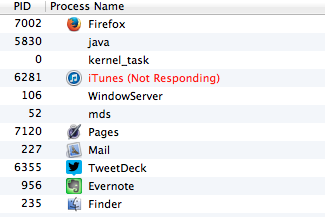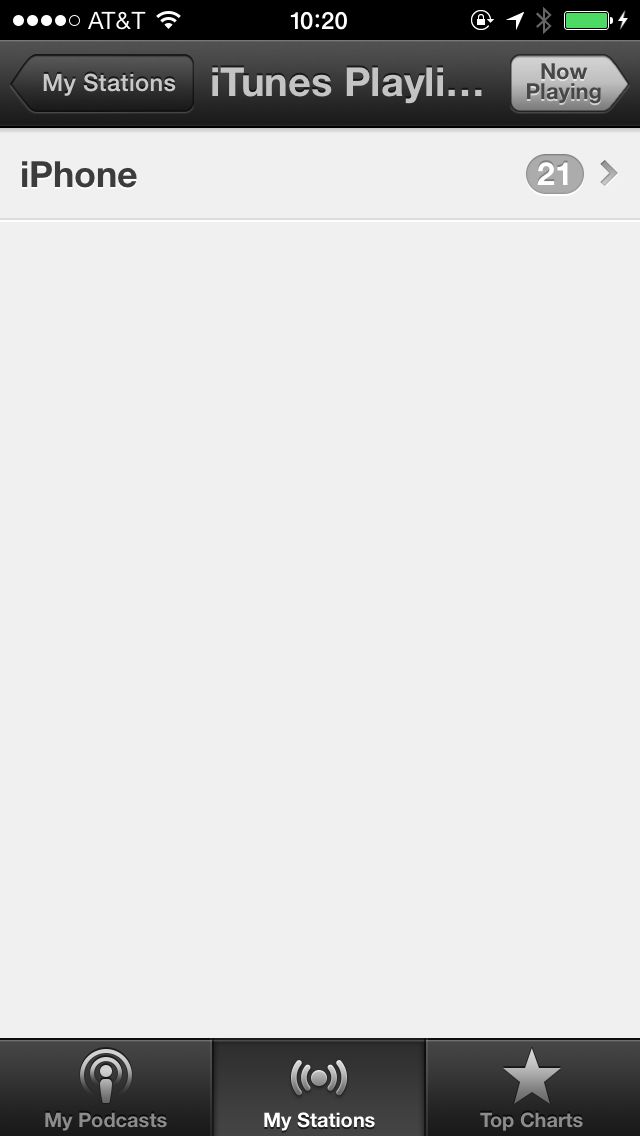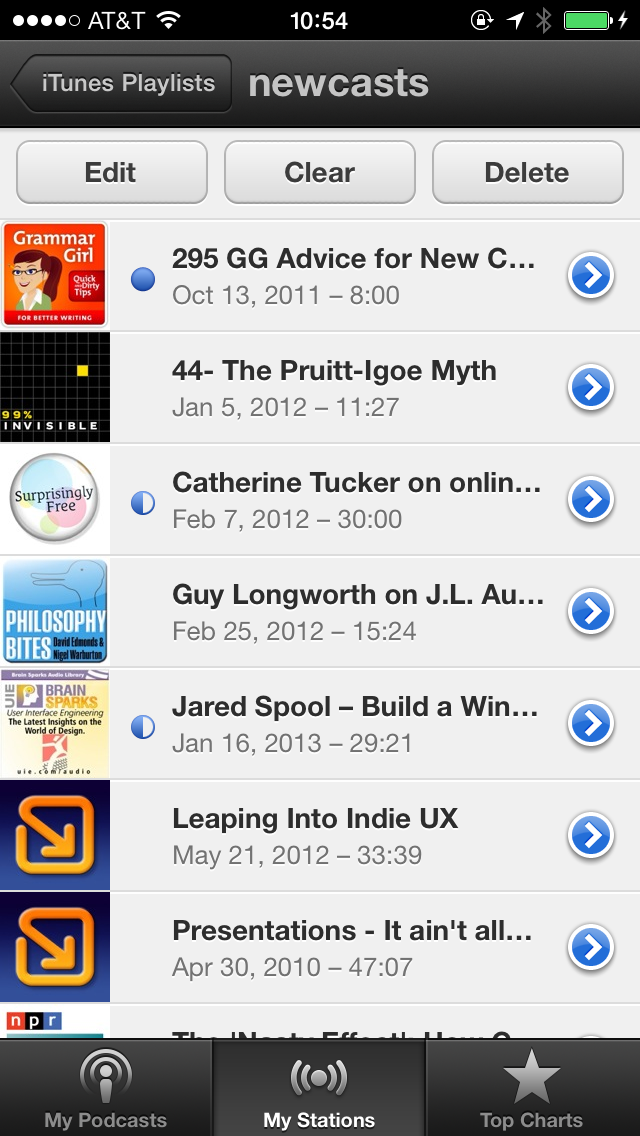Christina Wodtke wrote about the astoundingly horrible reaction a woman received when she suggested changes to increase parity of opportunity for those of us who are not white, or not male. Wodtke broke down why even virtual threats of rape and other violence are unacceptable and beyond the limits of "it's just trolling".
Her "you are bigger than me" was both literal and metaphorical: the physical reality that men forget but women can't afford to, and the medium of privilege (to use a term already creaky from overburden) that men forget but women can't afford to. Compounding the issue is that the second acts as a force multiplier on the first. By their sheer composition, men are less likely targets of physical attacks (this is true for me, even though I weigh only 140 pounds), and societies around the world, to one degree or another, treat these as acceptable losses, the cost of doing business, or even a feature for maintaining a dominant cultural construction.
Even in the States, this casual asymmetry is so commonplace. I've often told a female friend, "It's only a few blocks from the subway," not realizing that a few blocks' walk late at night is one thing to me, but entirely another thing to her. Similarly, exposing an email address or online conversations to anyone may be just an annoyance to me, but a tangible threat to the many women trying to hide from their abusers or stalkers.
Such obliviousness to the privilege of safety by seems a feature of internet and big-data triumphalists, from Google to marketers down to the entrepreneur who makes the big bucks off of people donating free opinions.
As Jaron Lanier demonstrates in his recent book, "Who Owns the Future?", entrenched interests stand only to gain more the more freely given information that can collect and mediate: "Ordinary people 'share', while elite network presences generate unprecedented fortunes."
What Lanier does't say is that this new gold rush creates massive pressure on companies to promote the idea of radical transparency; the more they can convince you to trade email addresses, lunch locations, etc., for nothing, the more they stand to gain in bulk. This in turn creates powerful incentives to make such lack of private identity a structural feature in products and services, with no (or hidden) opt-out options.
The canonical example is Google Buzz. It was on by default for all Gmail users, including a woman whose (formerly, or assumed so) private conversations and identities were exposed to her abusive ex-husband. Loud public reaction drove Google to offer opt-out, then kill Buzz, complete with apology.
To those who live within the privilege of no fear (from debt collectors, from abusers, etc.), transparency is as benign as a late-night walk on the street. But some people have reasons not to share data, such as where they're having dinner, or what they think about inequality. But you, data marketers, are bigger than us.
And that's 500 words.






















